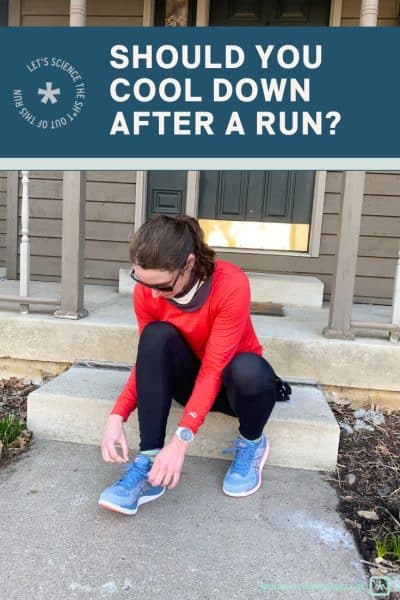
How Periodization Helped Aimee Run PRs in the 10K to Marathon
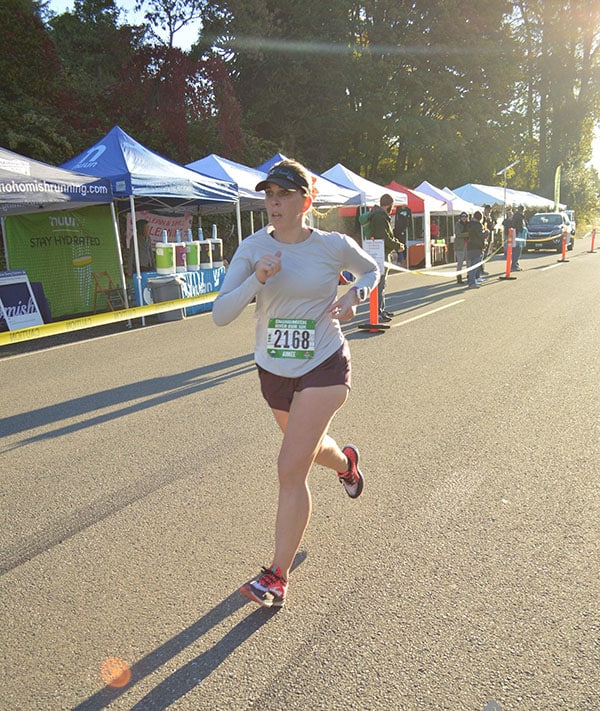
Most runners know that incorporating workouts such as interval runs will help them get faster. For a runners such as Aimee, they know how to improve and earn PRs in races – but where a coach can help them is introducing periodization in training, making those workouts specific to the race, and pushing them to new levels of racing.
I had known Aimee for several months through running before I started coaching her. She approached me in December 2016 with a big goal: to run her first marathon in the summer of 2017. She also wanted to continue to improve as a runner and focus on not just running races, but truly racing them and becoming faster. Aimee signed on for my one-on-one coaching, which provided her with weekly feedback and allowed me to tweak her training weekly as needed. We’ve developed a strong rapport as athlete-coach, which has been vital to Aimee’s success – her feedback allows me to coach her better.
In the past 18 months, I’ve coached Aimee through two marathons and a 10K, 15K, half marathon, and marathon PR using a periodized approach to training. Periodization in training is the concept that training cycles through different periods leading up to a goal race. Periodization allows training to go through different phases, based on the proximity of the race, the distance of the race, and your goals.
Our first several months of coaching focused on her first marathon and building her weekly mileage from about 15-20 miles per week to 25-30 miles per week. Aimee encountered a minor setback with a non-running related ankle injury, but since we had devoted time to a strong aerobic base, she was able to resume marathon training and finish her first marathon in a solid time of 4:18 in July 2017.
After a deliberate post-marathon recovery period, Aimee was ready to focus on PRs. Training for a marathon had improved her endurance and her confidence in her ability to handle a difficult training load on a busy schedule. We lowered mileage as appropriate for the events – still maintaining a higher mileage than she previously ran – and focused on developing speed.
Aimee had done speedwork prior to our partnership, but like many runners, she had never targeted speedwork in a specific progression toward a goal race. With each goal race we approached, the progression of workouts looked different.
Leading up to her 10K PR and age group win at the Snohomish River Run in October 2017, Aimee ran short interval fartleks to improve her VO2max and running economy and tempo intervals at goal 10K pace to improve her ability to hold that faster pace for longer.
After her 10K PR, we devoted a few weeks to maintenance training. I firmly believe an off-season of sorts is vital in a periodized approach to training. Just as you have periods of training that focus on speed and periods that focus on endurance, you also need periods that focus on recovery and preventing burn-out. For most runners, including Aimee, the winter holidays are the perfect opportunity for such a break from rigorous training.
In early 2018, we began focusing on a season of races, beginning with a 15K and culminating in a marathon. The goal for all of these races was a PR. I divided the long season in periods, focusing first on speed, then on endurance, with appropriate cutback week built in around races.
Aimee logged more mileage per week and harder workouts than she had before – both of which are essential for improving as a runner. The periodized approach benefitted her well; leading up to her 15K on the notoriously hilly Seattle Hot Chocolate course, we focused heavily on speedwork and hill training, with a few race pace workouts closer to race day. Aimee ran a PR of 1:17, with a strong finish despite the course’s brutal final ascents.
After a brief cutback, we then focused on marathon training. We pushed her mileage into the mid-30s to build endurance. Her workouts became specific to the marathon, with marathon pace runs suited to her goal, tempo runs, and long repeats. She raced a few times during her marathon build-up; some races were treated as workouts, such as a 10 mile race with a long tempo built in. She raced the Snohomish Women’s Half Marathon, approximately a month out from her marathon, and ran a PR of 1:51.
Aimee’s marathon was another notoriously hilly race – the North Olympic Discovery Marathon in Port Angeles, which boasts nearly one thousand feet of elevation gain in the first 20 miles. To prepare specifically for this, Aimee ran many of her long runs on hills (which are in abundance in the Seattle area!).
Aimee went into her marathon in PR shape. Anything can happen on race day, and Aimee did not quite hit her big goal – but she still walked away with a 5+ minute PR on a much more difficult course (her first marathon had a net downhill of 2000 feet).
After recovery from her marathon and a season of fun running, including a Ragnar Race, Aimee is now focusing on half marathon specific training for a fall PR. I have no doubt about her ability to achieve it and can’t wait to see what she accomplishes.
Beyond PRs, a periodized approach has kept training fun and interesting for Aimee. No two training cycles look alike, which adds an element of excitement to each phase of training.
[Tweet “How periodization in training helped one runner achieve multiple PRs via @thisrunrecipes #coaching #running”]
Read previous athlete highlights:
How Polarized Training Helped Laura Set PRs in Multiple Distances
Have you ever applied periodization to your training?
What distance was your most recent PR in?
Latest posts

Does Cooling Down From Running Really Matter?
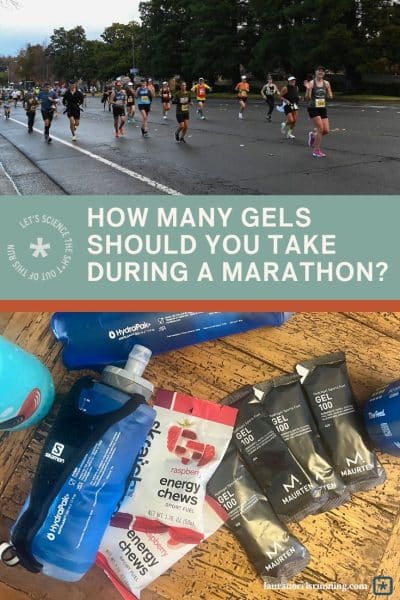
How Many Gels Should You Take for a Marathon?
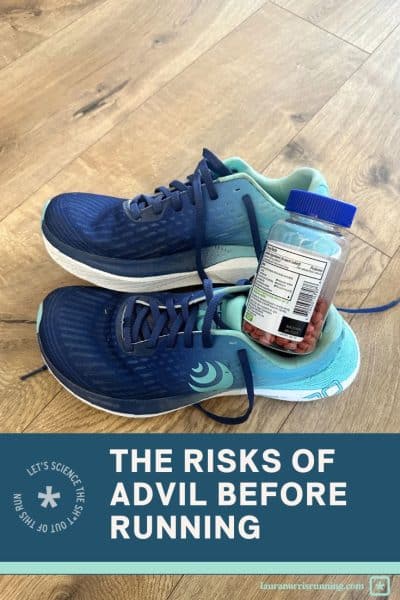
Should You Take Advil Before Running?
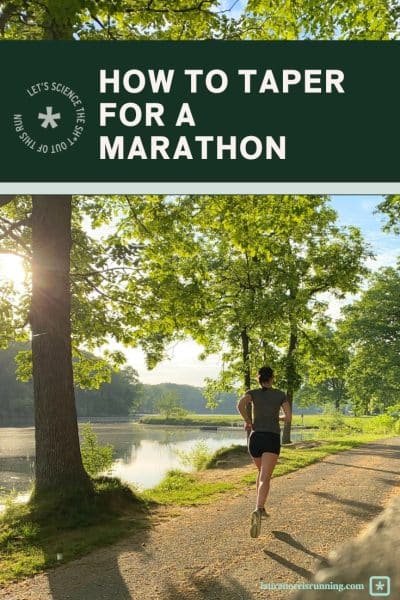
How to Taper for a Marathon




1 Response
Thank you for the write up, Laura!